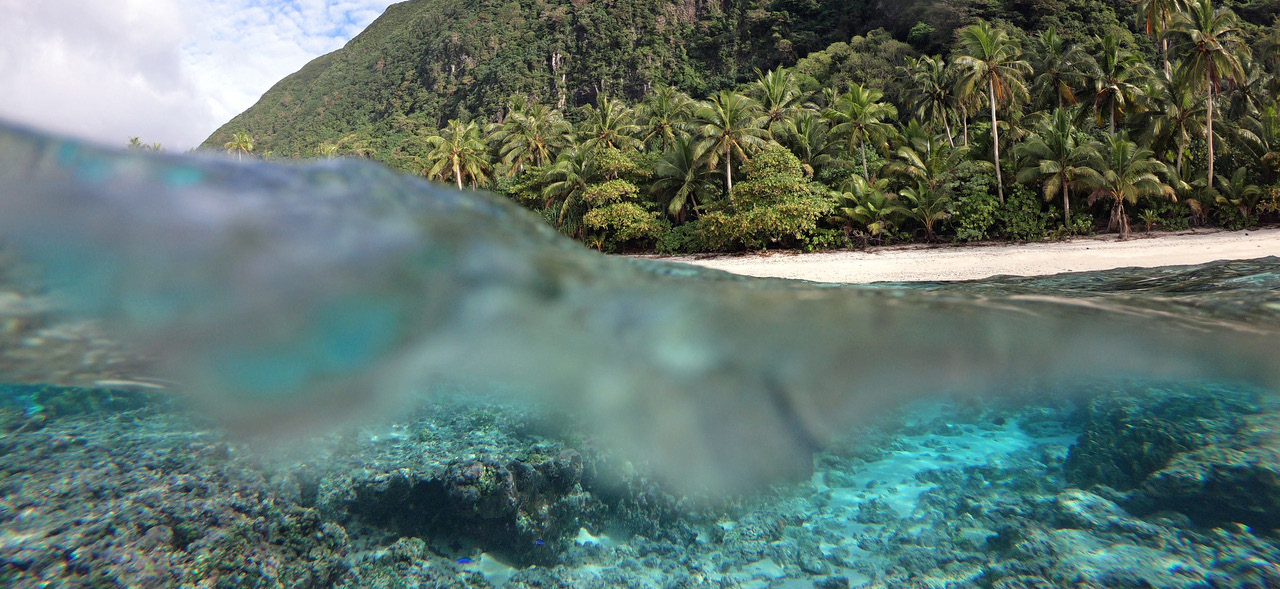Data analysis is a valuable skill that enables resource managers to make informed decisions and better identify conservation priorities. Through the Partnership, resource managers in American Samoa were provided formal data analysis training and technical support. They have used their new data analysis skills to increase the effectiveness of monitoring efforts throughout the territory by re-designing the country’s coral reef monitoring program, including the development of a new water quality monitoring component, to assess watershed health from ridge to reef.
Participants were then able to use the new, more effective monitoring program design to successfully apply for watershed development funding and conduct water quality and biological monitoring in 28 watersheds around Tutuila, the main and largest island of American Samoa. In one watershed, data collected showed land-based pollution was causing poor water quality in streams, which in-turn was impacting reef health. As a result of this information, the community of Vatia implemented rain garden projects to reduce land-based pollution.
Resource managers are now working towards developing a suite of village-based report cards to share water quality data in an accessible format to help community members make informed decisions.
Alice Lawrence from American Samoa’s Department of Marine and Wildlife Resources (DMWR) hopes many more workshops will be held. “I’ve never seen so many Samoans rave about stats. The excitement and consistent attendance were unprecedented”, she shared. Motusaga Vaeoso, also from the DMWR, echoed Lawrence’s praise and said the analytical skills she learned through the workshop have made her work much easier and have enabled her to extract new insights from her data.
By enhancing local resource managers’ ability to collect and analyze data, Partnership efforts are supporting American Samoa to implement novel management ideas and communicate monitoring findings in new ways, enabling local communities to take direct action to conserve their coral reefs.


